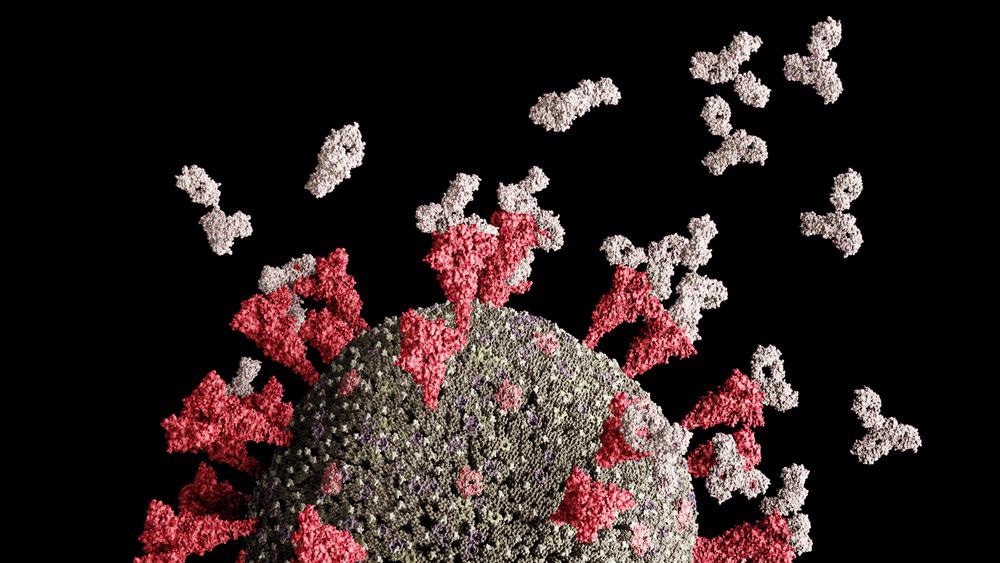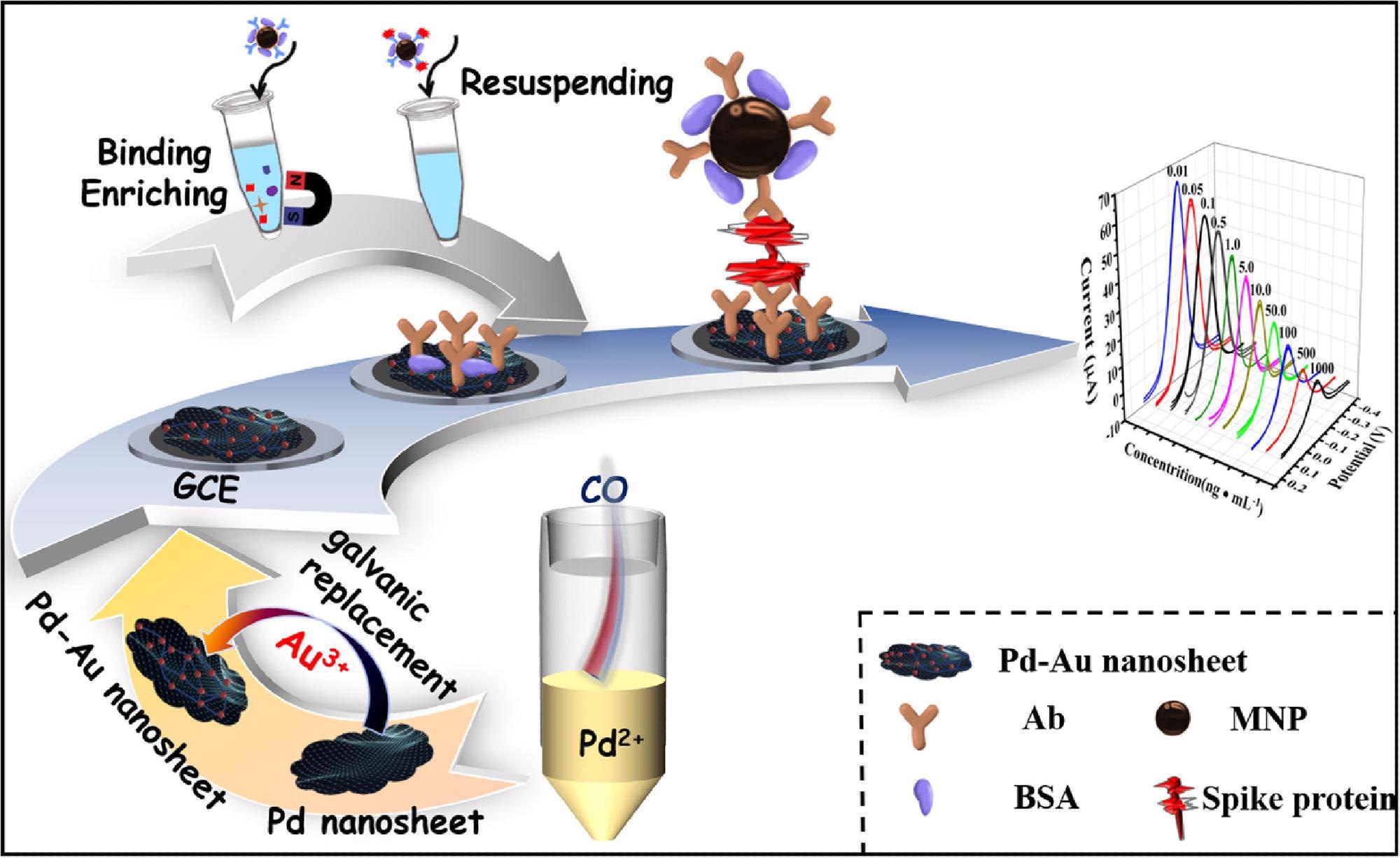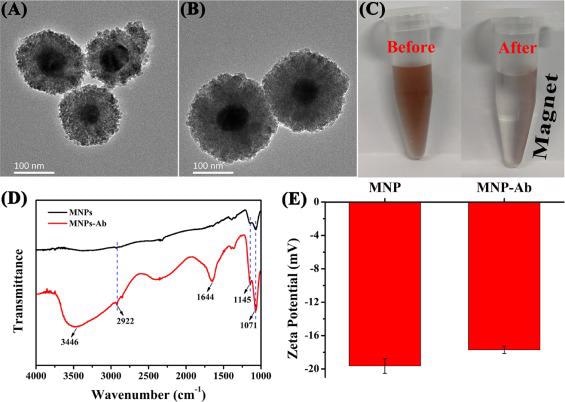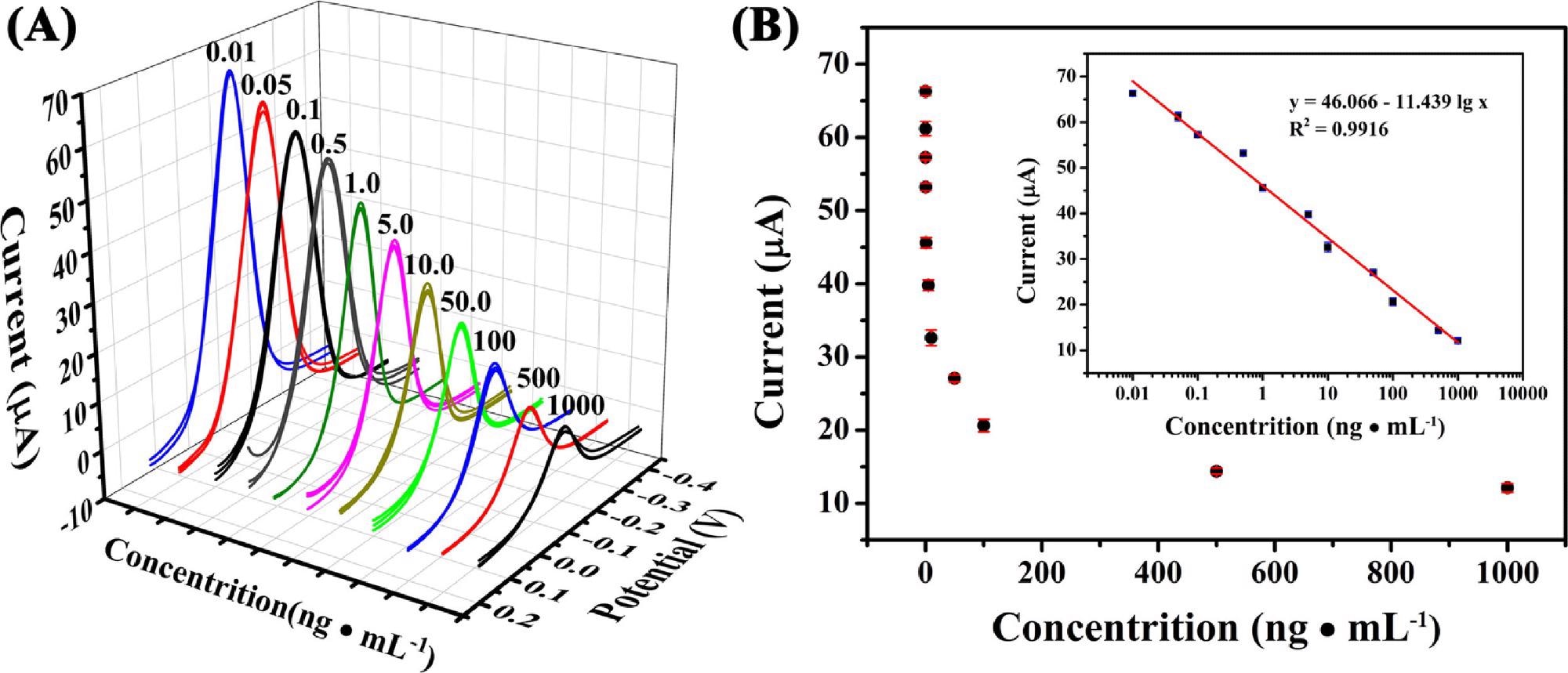According to a new study published in the journal Electrochimica Acta, a group of researchers has successfully developed an electrochemical immunosensor for rapid identification of SARS-CoV-2 (COVID-19) antibody indicator spike protein.

Study: Magnet-assisted electrochemical immunosensor based on surface-clean Pd-Au nanosheets for sensitive detection of SARS-CoV-2 spike protein. Image Credit: Leonid Altman/Shutterstock.com
Detecting and monitoring small quantities of SARS-CoV-2 in the initial phases of the disease may effectively reduce the asymptomatic spread of the ongoing COVID-19 pandemic.
The coronavirus pandemic of 2019 has had a terrible effect on humanity all over the globe. The number of people exposed to the virus has surpassed 250 million and is continuing to rise as of January 2021.
As a result, the SARS-CoV-2 virus, which can cause varying degrees of infection of the respiratory system, has been thoroughly investigated to lower infection rates. The infection spreads by several contact and non-contact routes, and there are no obvious clinical signs in the early stages. As a result, quick viral testing is a key way to help mitigate the pandemic.

Schematic illustration of the magnet-assisted electrochemical immunosensor based on Pd-Au nanosheets. © Zhao, J. et al. (2022)
SARS-COV-2 Detection Methods
SARS-CoV-2 is currently detected in the public healthcare system primarily using a PCR technique that targets RNA and the ELISA approach that targets antibodies. However, the PCR approach takes time, particularly for such a big virus population; the antibody detection method of ELISA is not ideal for initial COVID-19 testing since it is more favorable for the recovery phase following treatment.
As a result, the antibody residing in an infected individual is receiving increasing interest as a possible detection focus. The S protein, which facilitates adherence to host cells, is the most promising identification target among several expected antigenic indicators. For early diagnosis of coronavirus, it is critical to establish and implement feasible techniques for monitoring and detecting S1 antigen in respiratory specimens.
Importance and Limitations of Electrochemical Sensors
Electrochemical biosensors with the ability to transform variations in potent bioactive substances into electrical impulses have shown a lot of promise.
The electrochemical identification system has the benefits of high responsiveness and ease of processing, and it has a lot of potential for developing strategies like remote-controlled monitoring or on-site rapid detection using a cell phone.
The multilayer noble metal nanostructure has a high electrical conductance, a wide surface area, and a surface composition that may be adjusted easily. Thin-layer metal nanomaterials created by inserting or transforming other metal ions are one type of these composites, and they may give a wide range of design and performance options.

(A) and (B) TEM images of MNPs. (C) The pictures of MNPs in water before and after magnetic separation. (D) and (E) represent FT-IR spectroscopies and Zeta potentials before and after Ab modification of MNPs, respectively. © Zhao, J. et al. (2022)
However, many thin-layer multi-metal nanomaterials require the addition of a significant number of agents and modifiers, as well as severe production settings, which significantly restrict their reactive groups and limit their intrinsic effectiveness. In addition, simple ways of making stacked bimetallic nanomaterials with surface-clean heterojunctions are quite rare.
Magnetic Nanoparticles for Virus Detection
In this COVID-19 pandemic, magnetic nanoparticles (MNPs) offer many benefits in viral identification.
Magnetic tags can help with quick extraction and enhancement while also being cost-effective. Even though the magnetic characteristics of MNP have been thoroughly examined, its use in quick and accurate testing, such as for SARS-CoV-2, has not been heavily investigated. In electrochemical bio applications, MNPs can decrease the quantity of specimen preparation while streamlining the approach.
In this work, the researchers developed a Pd-Au nanosheet-based magnet-assisted electrochemical detector for the rapid identification of S1 protein.
The detecting and binding layers are chosen to be Pd-Au nanosheets. The expendable precursor is a surface-clean Pd sheet. The complete preparation method was conducted at room temperature without any surface chemicals or accelerators.

(A) DPV response curve caused by different concentration of S1 protein (n = 3). (B) The relationship between S1 protein concentration and DPV peak current. Inset: Plot of current vs logarithm of S1 protein concentration. © Zhao, J. et al. (2022)
Conclusion and Prospects
To conclude, an electrochemical biosensor for detecting SARS-CoV-2 S1 protein was developed, with a LOD of 0.0072 ng mL1 and a broad sensing range.
The high conductance, the wide surface area of the nanostructure, signal transduction, and magnetic transmission mechanisms of MNPs were all credited with these properties. Within two hours, the full detection process can be finished. The outstanding performance of this biomarker, which can be employed for the early detection of viral antibodies, was shown by measurement findings in PBS and oropharynx specimens.
The current study outlines a simple and effective method for fabricating electrochemical biosensors based on metal nanomaterials for the rapid identification of SARS-CoV-2 spike antigen. This technique offers useful suggestions for developing more quick, cost-effective, and unique diagnostic tools to aid medical personnel in predicting the severity of viral illness in infected individuals.
Continue reading: COVID-19 Detection with Carbon Nanotube Based Biosensors
Reference
Zhao, J. et al. (2022) Magnet-assisted electrochemical immunosensor based on surface-clean Pd-Au nanosheets for sensitive detection of SARS-CoV-2 spike protein. Electrochimica Acta. Available at: https://www.sciencedirect.com/science/article/pii/S0013468621020491?via%3Dihub
Disclaimer: The views expressed here are those of the author expressed in their private capacity and do not necessarily represent the views of AZoM.com Limited T/A AZoNetwork the owner and operator of this website. This disclaimer forms part of the Terms and conditions of use of this website.